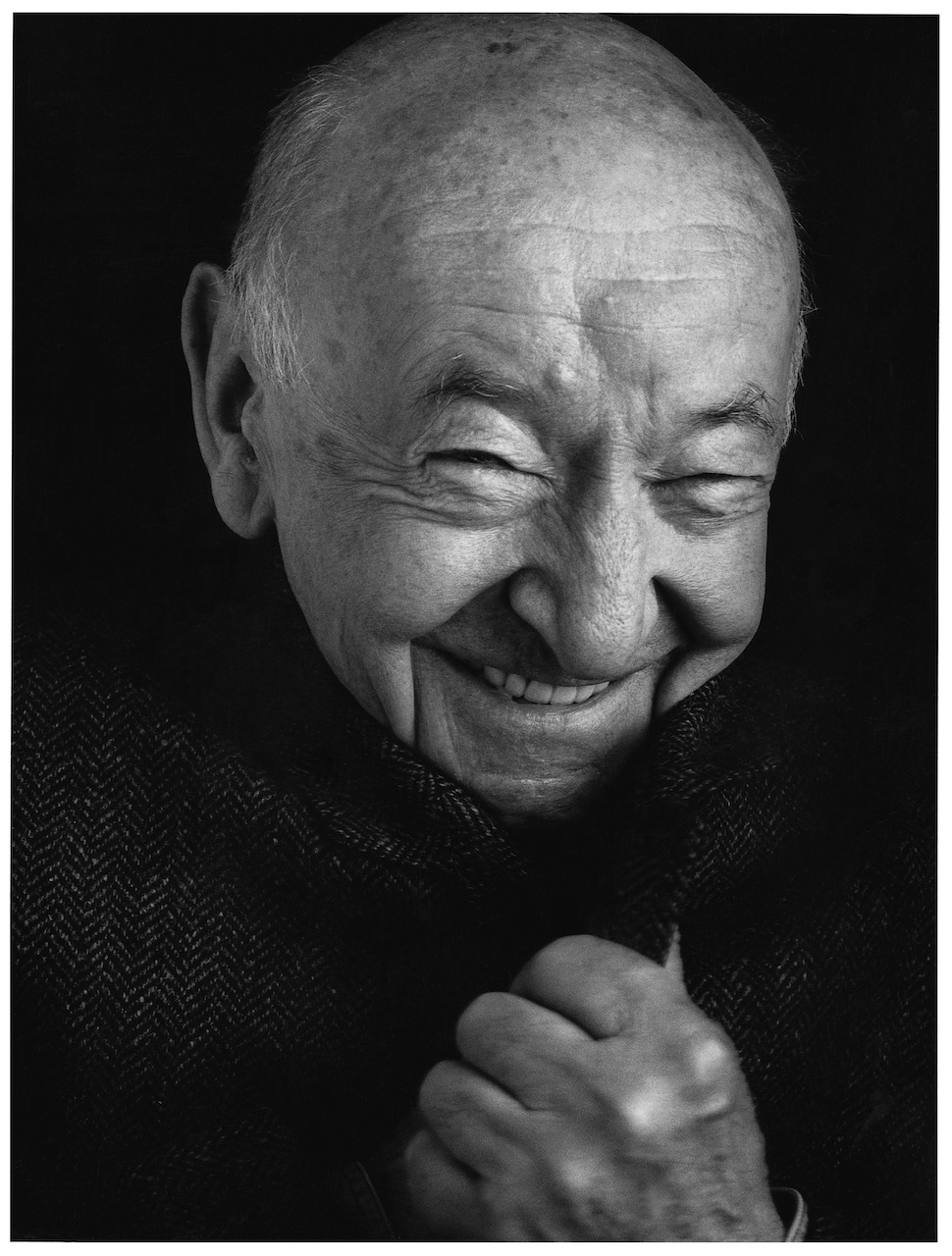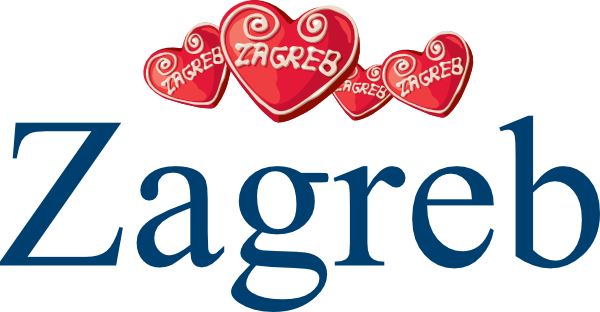This retrospective exhibition marking the 100th anniversary of the birth of one of the most prominent Croatian artists of the second half of the 20th century, Ivan Picelj (1924–2011), is organized by the Croatian Society of Fine Artists and the Museum of Contemporary Art Zagreb. It will open on Thursday, September 19 at 7:30 PM at the MSU Zagreb. The curator of the exhibition is Prof. Dr. Zvonko Maković, and it will cover all segments of the artist’s work: from painting and objects to graphic design of posters, book covers, catalogs, and magazines. Along with Picelj's versatile body of work, pieces by his friends and contemporaries will also be displayed, including works by Yaacov Agam, Getulio Alviani, Hans Arp, Mihajlo Arsovski, Vojin Bakić, Vladimir Bonačić, Carlos Cruz-Diez, Ivo Kalina, Julije Knifer, Almir Mavignier, François Morellet, Vladimir Kristl, Božidar Rašica, Jesús Rafael Soto, Aleksandar Srnec, and Victor Vasarely. The exhibition will also feature many of Picelj’s works from museum collections and private collections, some of which have not been publicly displayed for decades.
Ivan Picelj – Artist
The core of Ivan Picelj’s oeuvre is painting and its derivatives, such as reliefs and objects. Picelj entered the abstract art scene directly, with his first works presented in 1951 and 1953. These works belong to a precise concept of geometric abstraction and were immediately recognized as groundbreaking and historically significant. Due to the radical nature of his expression, without any symbolic or metaphorical traces, some critics and cultural figures reacted negatively to his exhibitions and those of his contemporaries, such as Vladimir Kristl, Aleksandar Srnec, and Božidar Rašica. The exclusion of references to the physical world and the advocacy for unconditional abstraction, relativizing the meaning of painting, and an articulated awareness of the need to connect painting with architecture, sculpture, and so-called applied arts were significant innovations introduced by the four members of Exat at their first exhibition. Among the four, Picelj was the most radical, and as he also worked in graphic design, he was the most present on the scene, considered the main advocate of the ideas expressed in the Exat Manifesto presented to the public in 1951, as noted by the exhibition's curator, Prof. Dr. Zvonko Maković.

Photo credit: Keiichi Tahara
Ivan Picelj – Graphic Artist
An excellent researcher of his artistic expression, Ivan Picelj discovered a new technique in the late 1950s that perfectly matched his programmatic aspirations and creative process – screen printing, and in 1957 he published his first graphic portfolio. By the early 1960s, Picelj gradually moved away from traditional painting and increasingly focused on creating relief objects, design, and graphics, which became his medium and manifesto of new art. The editor of the artist's monograph, Dr. Snježana Pintarić, emphasizes that Picelj's turn to graphics was not accidental. In the tradition of avant-garde art and Bauhaus principles, which Picelj followed with the desire for art to serve the broadest public, graphic art allowed the penetration of artwork into the general public. Another principle applicable to the graphic medium, also in the avant-garde tradition, was the concept of teamwork, to which Picelj was more inclined than most other artists. His graphic portfolios were carefully equipped and printed in close collaboration with renowned publishers and printing houses. He worked with top artists and critics, such as preface writers Radoslav Putar, Annie Le Brun, Gillo Dorfles, and Abraham A. Moles, whose texts accompanied his publishing projects.
Ivan Picelj – Designer
Throughout his creative career, Ivan Picelj was highly active as a designer. For the first exhibition of the Exat-51 Group in 1953, which featured works by Vladimir Kristl, Ivan Picelj, Božidar Rašica, and Aleksandar Srnec, as well as for the Salon 54 exhibition held in Rijeka in 1954, Picelj created posters that featured completely new and authentic designs. He continued his design work for the Gallery of Contemporary Art (now MSU), the Museum of Arts and Crafts, and the Museum Space (now Klovićevi Dvori Gallery), and his high standards raised the quality of Croatian design in general. Posters were the most widespread aspect of Picelj's design work, but he also designed books, magazines, and catalogs, making his graphic opus fascinating not only in terms of quality but also in quantity, as Prof. Dr. Zvonko Maković pointed out, adding that some of the posters he designed have become anthological examples of contemporary design, not only in Croatia but worldwide.
For more information about the Picelj and Friends exhibition, visit piceljiprijatelji.hdlu.hr.
Organizers:
Croatian Association of Visual Artists (HDLU)
Museum of Contemporary Art, Zagreb
